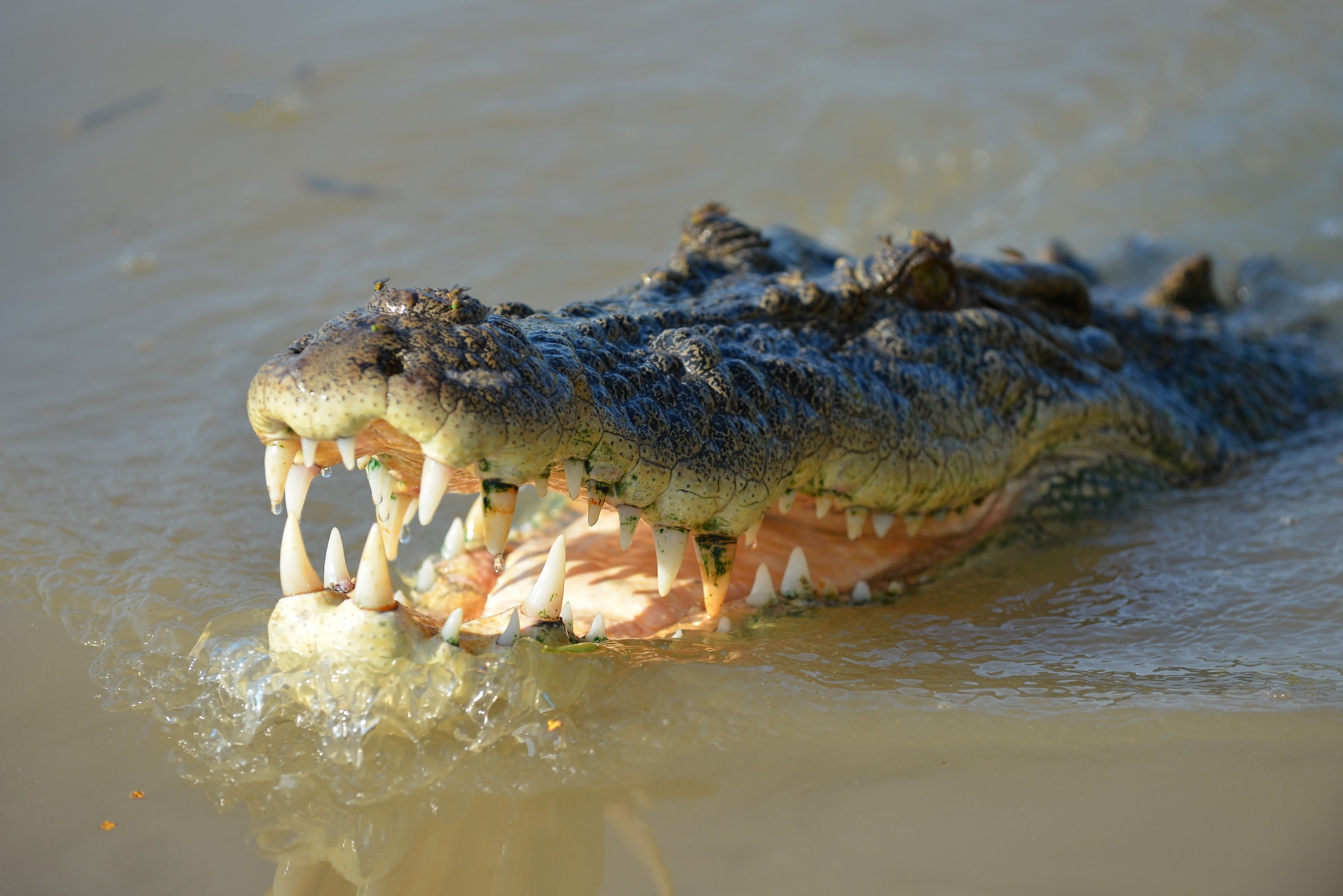Media release
From:
Dietary shifts may underpin the recovery of a large carnivore population
Estuarine crocodiles in Australia are a large carnivore conservation success story. The present manuscript explored whether dietary changes accompanied this population’s recovery by comparing the isotopic signature of bones from museum specimens with contemporary individuals. We found a significant shift in prey preference within the estuarine crocodile population in the Northern Territory, moving away from marine into terrestrial food webs. We propose that increased competition as the population recovered alongside a local increase in feral pigs’ abundance drove this dietary shift. However, the substantial increase in crocodile numbers would not have been possible without shifting diet.
Swine dining – A change in cuisine may have helped Australian saltwater crocodile populations recover. Researchers assessed the diets of saltwater crocodiles in the Northern Territories by using isotope analysis on bones of historical and recent specimens. They found significantly lower levels of carbon and nitrogen isotopes in the modern specimens, suggesting a shift from marine food sources to terrestrial, most likely caused by the increased abundance of invasive feral pigs on floodplains.



 Australia; QLD; NT
Australia; QLD; NT



